What is DRS?
Deposit refund schemes (DRS) usually apply to plastic beverage bottles and cans. The ultimate objective of these nationwide initiatives is to motivate consumers via a refund to return the packaging back to the shop/collection point to ensure proper recycling and increase the recycling rates. DRS may be explained very easily – the consumer pays a deposit for the packaging, which is already included in the final price when paying upfront.
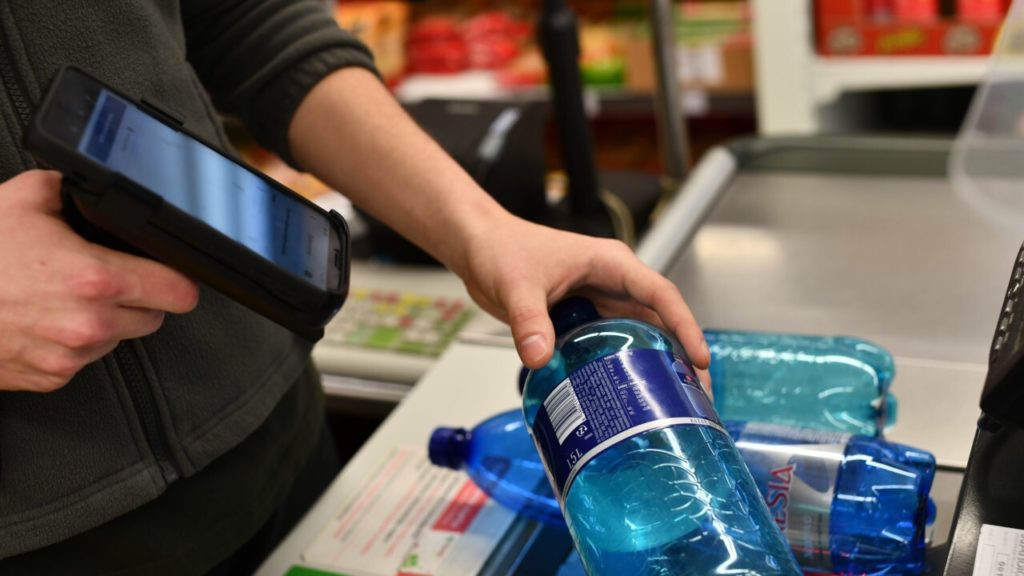
Later when consumers return the packaging back at one of the collection points, they get the deposit back – which is usually a certain small refund amount for instance 25 cents in Germany for every single packaging. This way, people are motivated to return the packaging which does not end up in nature and the valuable material can be recycled and transformed into secondary raw materials which circularly go back to the market. DRS schemes are usually operated by governments, eventually, independent bodies made of the largest producers, who supervise the process from the beginning till the end.
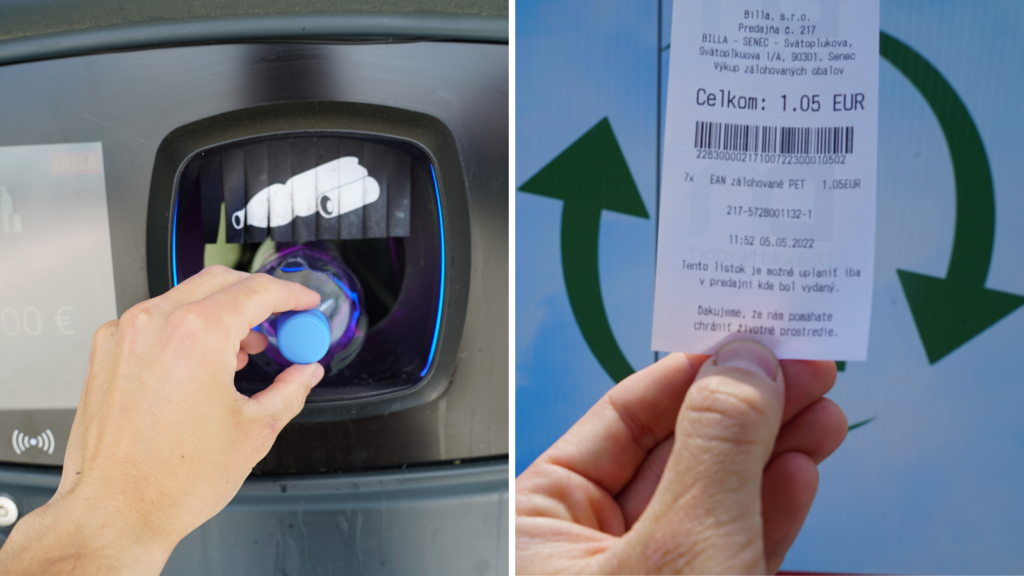
Implementation of DRS in European countries started to be more discussed especially with regard to the EU directive about the Single-Use Plastics (SUP) establishing minimum collection requirements of PET drinks containers to 77% by 2025 and 90% by 2029. A place in the history of the first-ever Deposit Return Scheme belongs to the Canadian Province of British Columbia (1970). The first DRS in Europe was implemented in Sweden fourteen years later.
Various models
Collection systems can vary from country to country in small or big details. Except for PET single-use containers, most countries also collect metal cans, but not every country includes also glass in their Deposit Refund Systems. Almost all European models of DRS are based on a return-to-retail model when the drinks retailers and producers are legally responsible for the recovery of empty containers. Return-to-depot, when consumers need to bring empty containers to the collection centers, is more usual in North America and Iceland is the only European country with this model. Most of the models are also centrally administered, which means that the DRS administrator is a non-profit organization representing various stakeholders, managing the deposits, and reporting to the government.
Advantages and disadvantages
Many environmental experts identify DRS as the most significant element for the reduction of single-use packaging waste. There are ongoing discussions and arguments about the pros and cons of the DRS implementation. Critics tend to highlight mostly the tendency of consumers to be more discouraged from sorting other plastic waste after they get used to refunding the bottle containers that were previously the biggest part of the amount of their plastic trash. However, this issue can be also addressed by strong lobbying from the site of the waste collection industry fearing losing some of the business opportunities.
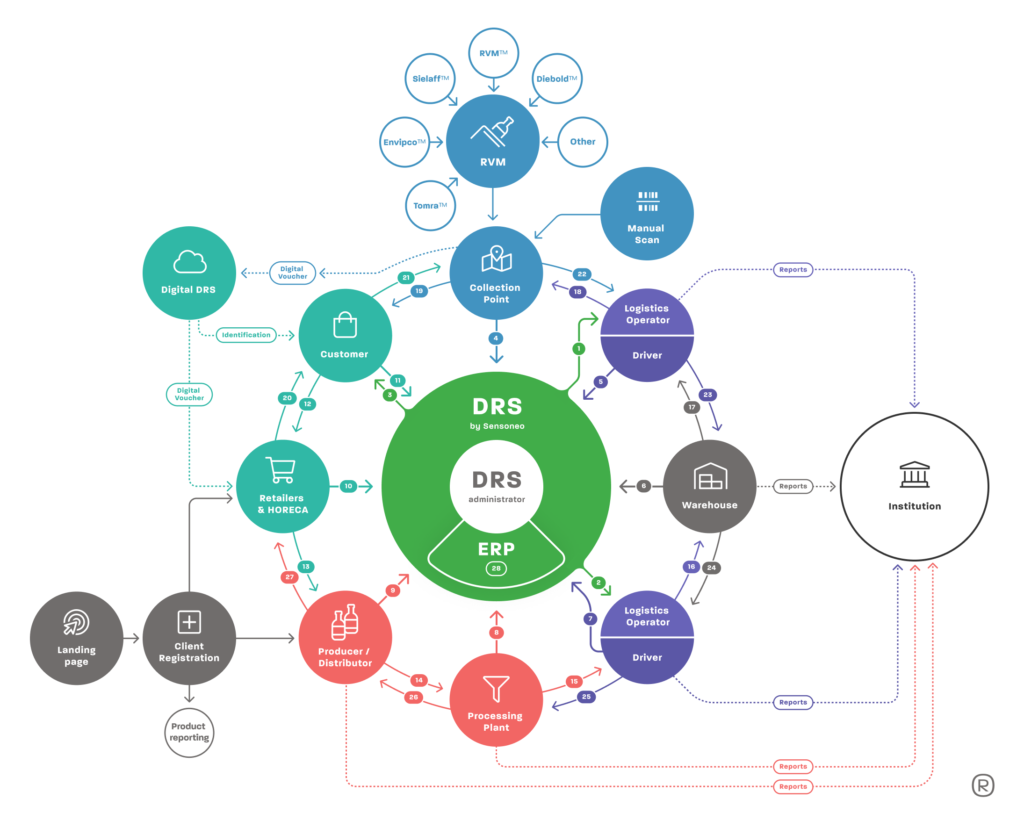
Another argument from an economic point of view is high initiating costs for a Deposit Refund System that is often considered very expensive and the value for money could be questionable. Nevertheless, considering the reduction of costs and greenhouse gas emissions for collection or expenses for landfill and cleanup, savings are undeniable. A study by Reloop even confirmed results that deposit systems can create 11-38 times more job opportunities than other waste management alternatives.
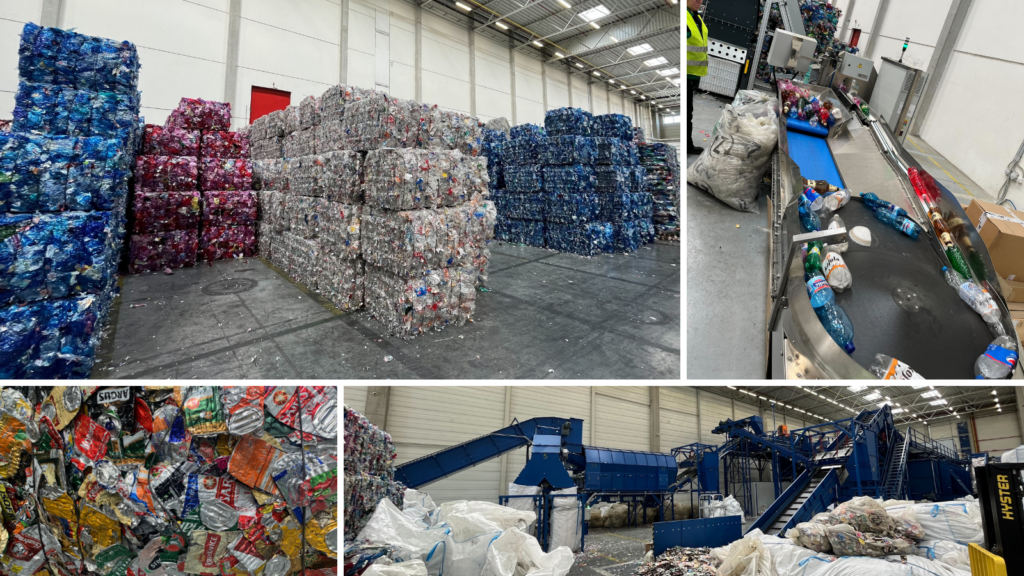
On the other hand, those who favor the DRS implementation argue mostly for a significant reduction in plastic pollution. An interesting study called What We Waste (a report released by the non-profit research organization, Reloop, and supported by Break Free From Plastic and the Changing Markets Foundation) has shown that on average the waste of drink containers per capita per year is 126 pieces in countries without deposit systems (population 315 million) compared to only 16 pieces in countries with access to DRS (population 129.4 million). To fortify this example, in 2015, one year before a Baltic state Lithuania implemented DRS, 113 drinks containers per capita per year were wasted. In 2017, barely one year after the start of depositing packaging of beverages in Lithuania – the number had sharply fallen to just 14. Data from the study shows how drastically would fall the number of this wastage of containers in other countries (141 to 34 in Poland saving over 4 billion bottles and cans per year or 176 to 32 in Portugal).
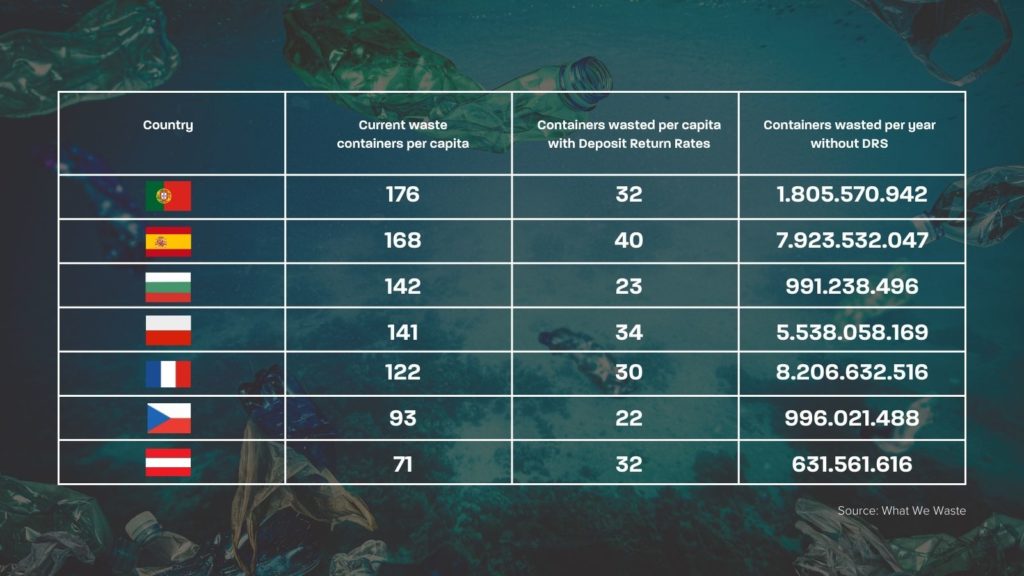
Another relevant factor shifting the trend in favor of the DRS implementation is the rising price of PET (polyethylene terephthalate), the material out of which the beverage bottles are usually made. From January to July this year, the cost rose by approximately 35%. That is the reason why big beverage producers will try to get their valuable materials back in order to meet their green targets. Thanks to DRS the PET materials go back straight to the producers of beverages and do not result in a downcycling when the material ends up at producers of textiles, toys, or diapers.





